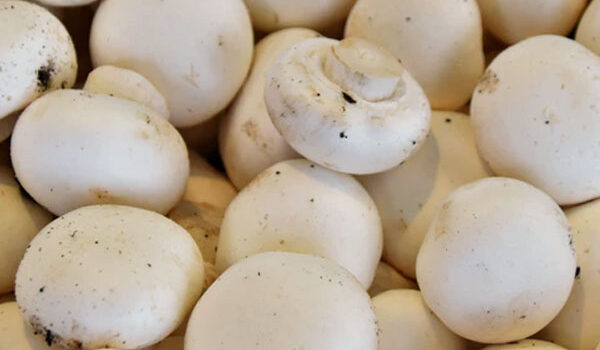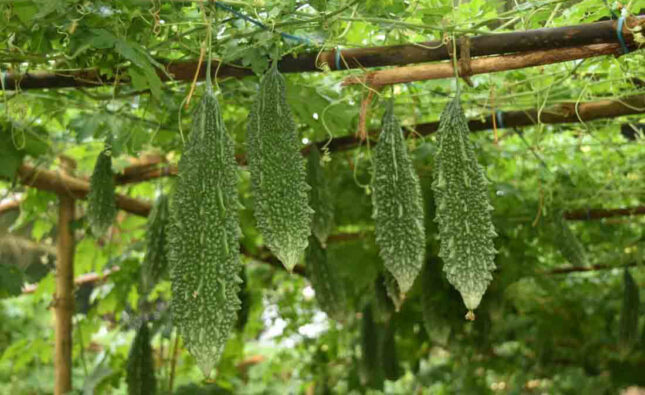Mushroom Farming & Its Marketing Guide
Mushroom farming has gained popularity in India due to the increasing demand for mushrooms in both domestic and international markets. Mushroom cultivation offers a potential business opportunity, and here are some key aspects of mushroom farming and marketing in India:
- Mushroom Varieties: In India, popular mushroom varieties cultivated include button mushrooms (Agaricus bisporus), oyster mushrooms (Pleurotus spp.), and milky mushrooms (Calocybe indica). Each variety has different cultivation requirements and market preferences.
- Cultivation Practices: Mushroom cultivation typically involves preparing a substrate (such as agricultural waste or compost) and inoculating it with mushroom spawn. Temperature, humidity, ventilation, and light conditions need to be controlled to create an ideal environment for mushroom growth. Mushroom farming can be done in controlled environments like mushroom houses or using low-cost technologies like polytunnels or shade nets.
- Market Demand: The demand for mushrooms has been steadily increasing in India due to their nutritional value, taste, and versatility in cooking. Mushrooms are used in various cuisines, as well as in pharmaceuticals, nutraceuticals, and functional foods. The domestic market for mushrooms is expanding, and there are also opportunities for export to countries like the United States, the United Kingdom, and the Middle East.
- Value-Added Products: Apart from fresh mushrooms, value-added mushroom products like dried mushrooms, mushroom powder, mushroom extracts, and mushroom-based snacks are gaining popularity. Diversifying into value-added products can enhance profitability and provide additional market opportunities.
- Marketing Channels: Mushroom farmers can explore different marketing channels to reach consumers. These include local markets, supermarkets, online platforms, direct selling to restaurants and hotels, and collaborations with distributors or retailers. Building relationships with potential buyers, participating in food exhibitions, and promoting the health benefits of mushrooms can help in market penetration.
- Quality and Packaging: Maintaining consistent quality and appropriate packaging is crucial to attract consumers. Fresh mushrooms should be carefully harvested, sorted, and packed to preserve their freshness and appearance. Proper labeling and information about the product, such as variety, weight, and nutritional value, can also enhance market appeal.
- Government Support: The Government of India has introduced various schemes and subsidies to promote mushroom cultivation as part of its agricultural and horticultural development programs. These initiatives provide financial assistance, training, and technical guidance to farmers interested in mushroom farming.
- Export Potential: India has the potential to export mushrooms to international markets due to its favorable climatic conditions and lower production costs compared to some other countries. However, it’s important to ensure compliance with international quality and safety standards, as well as understanding market requirements and preferences of the target export market.
- Research and Development: Continuous research and development efforts in mushroom farming are essential to improve cultivation techniques, develop new varieties, and explore innovative processing and preservation methods. Collaboration with research institutions and participation in knowledge-sharing platforms can help mushroom farmers stay updated with the latest advancements.
Mushroom farming and marketing in India present a promising opportunity for entrepreneurs. Proper planning, knowledge of cultivation techniques, understanding market trends, and adopting effective marketing strategies are crucial for success in this sector.






